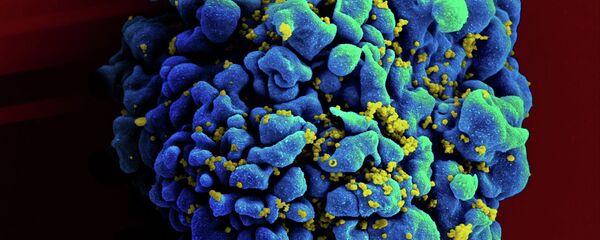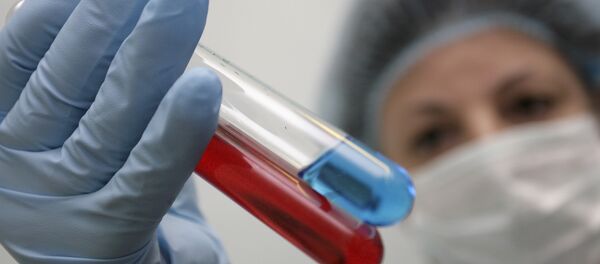The date is noted to attract attention to the spread, control and eventual cure of HIV-infection, a global pandemic.
In 1996, the Joint United Nations Program on HIV/AIDS (UNAIDS), was created by the UN. The program united 6 worldwide organizations, now grown to ten, including the UN Children’s Fund, the UN Development Program, the UN Population Fund and WHO.
Every year World AIDS Day is marked with different theme, reflecting current issues needing to be addressed. Since 2004, a theme is chosen by World AIDS in a campaign coordinated with civil society, various organizations and government agencies related to the diagnosis, treatment and eradication of HIV.
The red ribbon is worn or displayed as the universal symbol of awareness and support for people living with HIV. Created in 1999 by a group of New York artists, the red ribbon design has become one of the most recognized symbols of the past 15 years.
Among the many therapies promoted in programs to find a cure for HIV infection are needle exchange programs, opioid substitution therapy, voluntary consulting and testing, and antiretroviral therapy.
According to UNAIDS more than 2 million people worldwide between the ages of 10 and 19 live with HIV. Young people account for about one in seven of all new HIV infections. AIDS-related deaths are increasing among adolescents, but falling in other age groups, and young people often lack comprehensive knowledge of how to keep themselves safe from HIV.
At the end of 2013 it was estimated by WHO that 35 million people were living with HIV, with 13 million receiving antiretroviral therapy.





